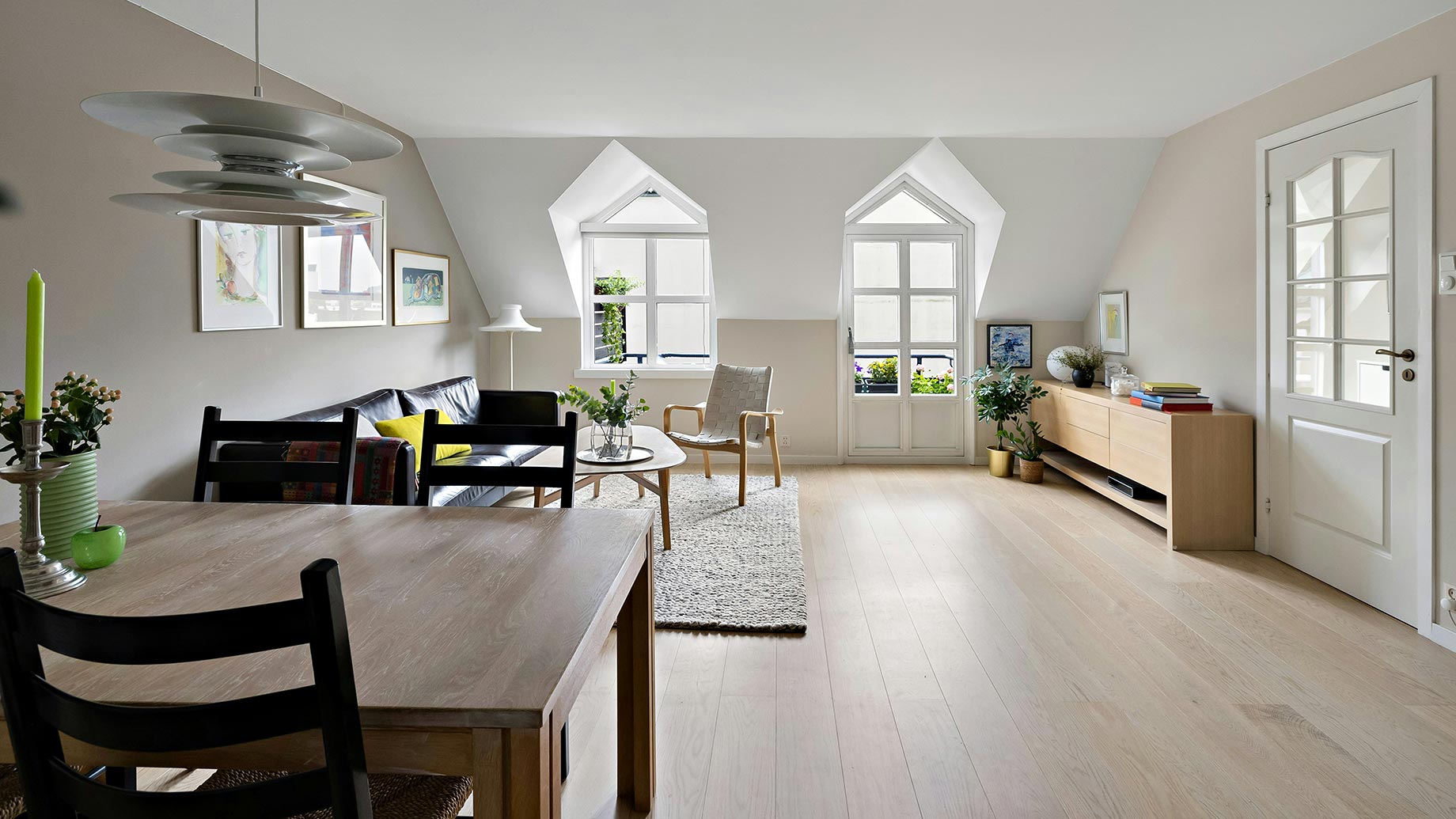
As households worldwide confront both skyrocketing energy prices and growing climate concerns, energy efficiency has become the centerpiece of modern home design. With fuel bills taking a larger bite out of household budgets, homeowners are now more incentivized than ever to transform dwellings into energy-saving havens. A mix of architectural design, progressive building standards, and domestic habits are key drivers in this quest for reduced energy consumption.
Harnessing the Power of the Sun
The sun is an inexhaustible source of free energy, yet solar technology is still underutilized in many territories. The rise in rooftop panels is a testament to their ability to trim down energy bills sharply. Not every homeowner needs acres of panels. Often, a modest installation can yield noticeable cutbacks in reliance on traditional power sources. Moreover, solar technology is ceaselessly evolving, with efficiency improvements and falling costs positioning solar as not only a viable option but an intelligent one.
The potential for integrating solar heating systems into architecture promises even wider utilization of solar energy. Passive solar solutions, such as thermal mass in concrete floors, can capture and store solar heat. This heat can then be gradually released to warm spaces in a controlled manner. These applications heighten awareness about how homes can gradually transition from energy consumers to self-sufficient units, emphasizing stewardship over resources.
Another often overlooked aspect of energy conservation is maintaining proper airflow and ventilation systems in homes. For instance, ensuring clean dryer vents is vital in preventing both energy inefficiency and potential hazards. Homeowners in areas like Phoenix can benefit from dryer vent cleaning in Phoenix provided by the experts at Arizona Chimney Sweep to enhance safety and maintain efficiency. Such proactive measures ensure homes are running optimally, reducing unnecessary energy expenditure.
Upscaling Insulation
Correct insulation remains an immovable pillar of energy efficiency. A tightly sealed house retains heat, ensuring minimal energy consumption, particularly in colder seasons. Insulation has matured beyond its stereotype of wool rolls crammed in lofts. Increasingly, solutions such as insulated concrete forms or even spray foam serve as barriers against thermal exchange. An investment in insulation is invariably profitable, promising long-term savings in energy bills.
Innovative materials like aerogels and vacuum panels are making headlines for their extraordinary thermal insulating properties. These materials are ideal for retrofitting older homes without compromising structural aesthetics. Including multi-glazed windows further prevents heat escape. The integration of such advanced materials represents a crucial step in creating ultra-low energy houses that not only respond to present needs but also anticipate future environmental conditions.
Building Design: Where Less is More
Efficient home design starts with the blueprint. Homes constructed with features such as strategic window placement, optimal insulation, and natural ventilation contribute significantly to controlling indoor climates, minimizing the need for both artificial heating and cooling. Single-story layouts often prove more energy-efficient as less space is required to maintain consistent temperature regulation.
Compactness does not always imply compromise on comfort. Energy concerns now dictate building orientations, where maximizing sunlight during winter and minimizing heat during summer become fundamental principles. In this context, architectural foresight has become indispensable, driving decisions for a minimalistic approach not guided by excess but by purpose.
It is important to recognize the role of locally sourced materials in low-energy building design. Materials with low thermal conductivity used in construction can significantly reduce energy expenditure during heating and cooling cycles. Locally sourced resources lower transportation emissions and support the local economy. This approach aligns architectural methods with broader sustainability goals while fostering community resilience against energy supply fluctuations.
Domestic Habits and Innovations
While design and technology heavily influence household energy consumption, day-to-day habits hold considerable sway. Opportunities for savings await in the simple acts of turning off standby electronics, opting for energy-efficient lighting, and utilizing programmable thermostats. Household habits have evolved, yet popular appliances still gobble energy unless smart usage prevails.
Household technologies, from switchable film windows to AI-powered home systems, are gaining traction. Such innovations adapt settings automatically, improving comfort while reducing wasteful consumption. Technological advancements now empower homeowners to compute how real-time energy usage translates into costs.
Engaging inhabitants through educational initiatives creates lasting behavioral change. Community workshops and incentive schemes can motivate individuals to adopt energy-conscious living. These programs can highlight the benefits of collective action and encourage small adjustments that lead to significant energy reductions. Supporting a culture of mindfulness regarding energy use is a strategic pillar in establishing lasting, sustainable change.
The Road Ahead: Data-Driven Efficiency
The march toward energy efficiency will doubtlessly accelerate. Emerging technologies could propel us toward an era where mechanized precision dictates energy use. Smart meters and continuous feedback loops offer detailed consumption insights, signaling unnecessary energy spikes and suggesting immediate remedies.
Data will be a pivotal force, informing landlords and tenants how their homes perform compared to others, fueling competition as well as collaboration in the effort to remediate energy excess.
Conclusion
A commitment to energy efficiency not only results in lower bills but also contributes to broader environmental sustainability. As home life grows increasingly interwoven with technology and informed design, every stakeholder must champion energy-friendly practices. What lies ahead is not just the promise of efficiency but the promise of a sustainable future, one home at a time.